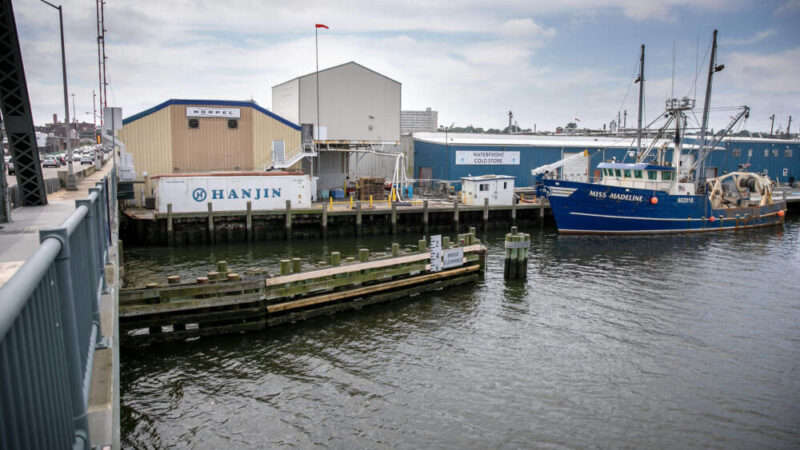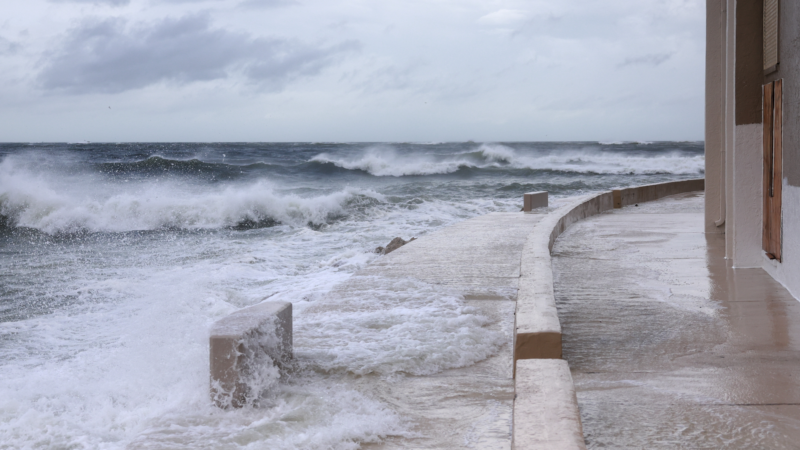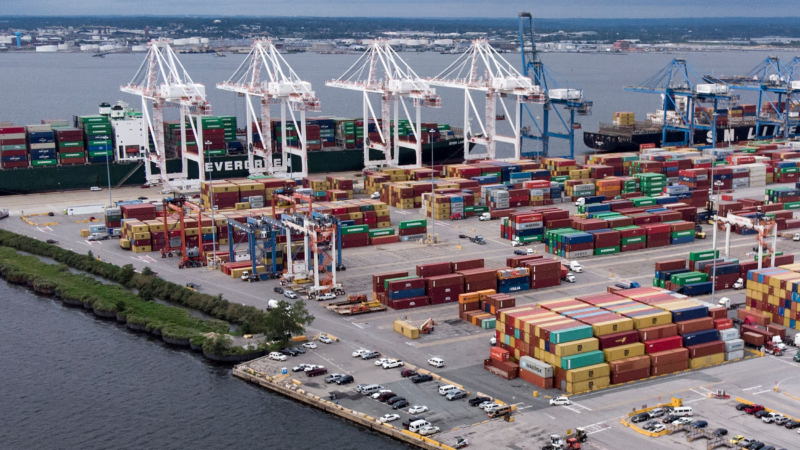As storms strengthen, fears about chemical plant spills rise
NEW BEDFORD — Year after year, workers process and chill Atlantic fish hauled ashore by New Bedford’s fishing fleets, making the city the nation’s top-grossing fishing port.
Refrigerating that much fish takes tons of ammonia, a hazardous chemical that’s stored in seafood processing plants near the water. If a strong enough hurricane were to rip through New Bedford, it could flood or tear open storage tanks, releasing a toxic mess along this coastal community.
One seafood plant’s “worst-case scenario” report to the EPA shows that 28,000 pounds of ammonia could be released in a disaster, endangering more than 100,000 people living near the harbor. (Worst-case scenario reports don’t include a cause for the release.)
For years the U.S. Chemical Safety Board, an independent federal agency that investigates accidents, has urged companies with massive amounts of hazardous chemicals to keep backup generators. If power is lost for too long in an emergency, safety measures can fail. In rare cases, volatile chemicals can ignite.
But there’s no federal requirement for backup power at these plants, despite climate change and the growing threat of natural disasters. And many chemical facilities including seafood plants lack this key safeguard.
WBUR analyzed EPA records for the state’s 60 facilities that handle dangerous amounts of hazardous chemicals like ammonia. Two-thirds told the federal agency that they don’t have “emergency power” for their chemical operations.
That’s a problem, according to former EPA Administrator Christine Todd Whitman.
“Chemical companies really should have backup generators and locate them in a place where they won’t be affected by high tide or storms,” Whitman said.
Yet of the 11 facilities in Massachusetts identified by the federal government as most vulnerable to storm surge from a Category 4 or 5 hurricane, eight reported not having backup power — including three sites in New Bedford.
Whitman said the East Coast is at risk with climate change increasing the intensity and frequency of storms. For example, a hurricane could wipe out power and damage structures leading to dangerous chemical spills.
“Once you have that kind of an incursion and you have a release, it’s too late and it can affect everything for quite a period of time,” she said.
The chemical industry has argued that backup power requirements are unnecessary. Trade groups representing paper mills and chemical manufacturers told the EPA in 2022 that power loss hasn’t been linked to the vast majority of accidents at chemical sites. And if a company evaluates power loss as a major threat it can install backup generators.
“Having standby power for an ammonia refrigeration system is not necessary because the loss of power should not lead to a refrigerant release, only loss of refrigeration,” stated several groups that use ammonia.
But the EPA has said that serious accidents have taken place at facilities with ammonia because of power loss. The agency pointed to a 2010 incident at a warehouse and distribution center in Alabama. It had a massive ammonia release when it restarted following a 7-hour power outage. More than 30 people were hospitalized.
____
Next to New Bedford’s fishing harbor, tens of thousands of people live in largely immigrant neighborhoods near the waterfront. For generations, people have come from Cape Verde, the Azores and other places to settle in New Bedford and work in the fishing industry.
Yet few people here know the dangers of living so close to the seafood plants, said 73-year-old community activist John ‘Buddy’ Andrade.
“We’re talking about an area that is a densely populated, underserved community, and better yet, a linguistic community,” he said. “That’s the problem. A lot of folks don’t know. More importantly, how do you inform all these people that that might happen?”
On a hot day this past July, Andrade took a stroll through Old Bedford Village, one of the neighborhoods that borders the waterfront. He stopped outside Alfred J. Gomes Elementary School.

“That’s the water right there,” Andrade said, pointing at the nearby fishing harbor and its concentration of industrial facilities. “What would happen if all their chemicals got into the water and people’s homes?”
The school, senior centers, restaurants, hotels and homes and nearly all of Old Bedford Village would bear the brunt of a theoretical disaster at one of the nearby seafood plants, EPA records show.
The federal agency oversees the nation’s most hazardous chemical facilities and requires risk management plans from them every five years. The EPA files detail what steps a company is taking to prevent chemical disasters and the potential impact of an accident to nearby neighborhoods — known as a “worse-case scenario” analysis.
One example is a plant in New Bedford’s harbor that processes fish into pet food. The facility’s owner, Northern Pelagic Group (NORPEL), reported a worst-case scenario release of tens of thousands of pounds of anhydrous ammonia as a “liquid spill and vaporization” that could reach a three-mile radius. The plan was filed to the EPA in 2021.
Extreme exposure to ammonia can cause burns to the nose and throat. In rare instances it can also damage lungs, cause blindness and even death.
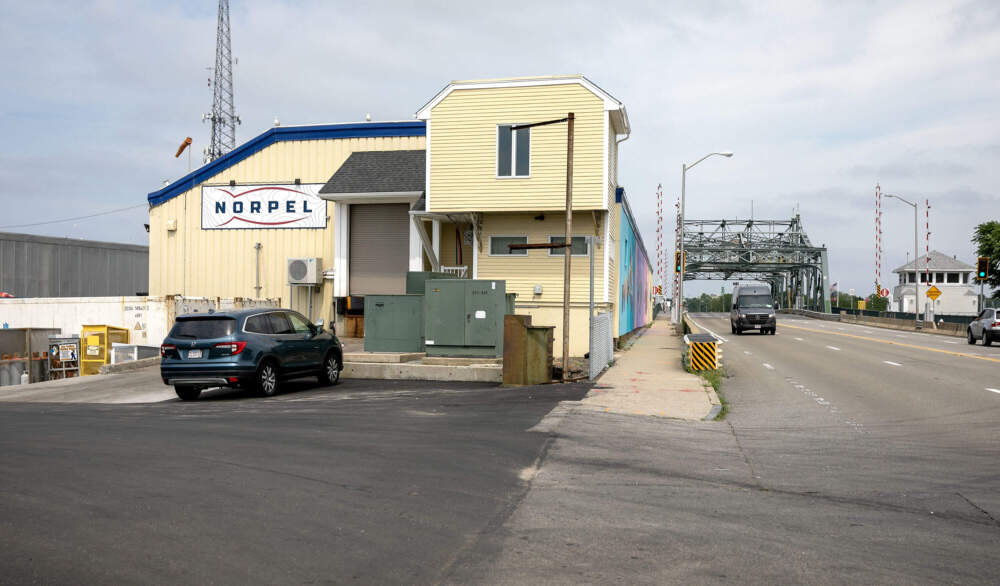
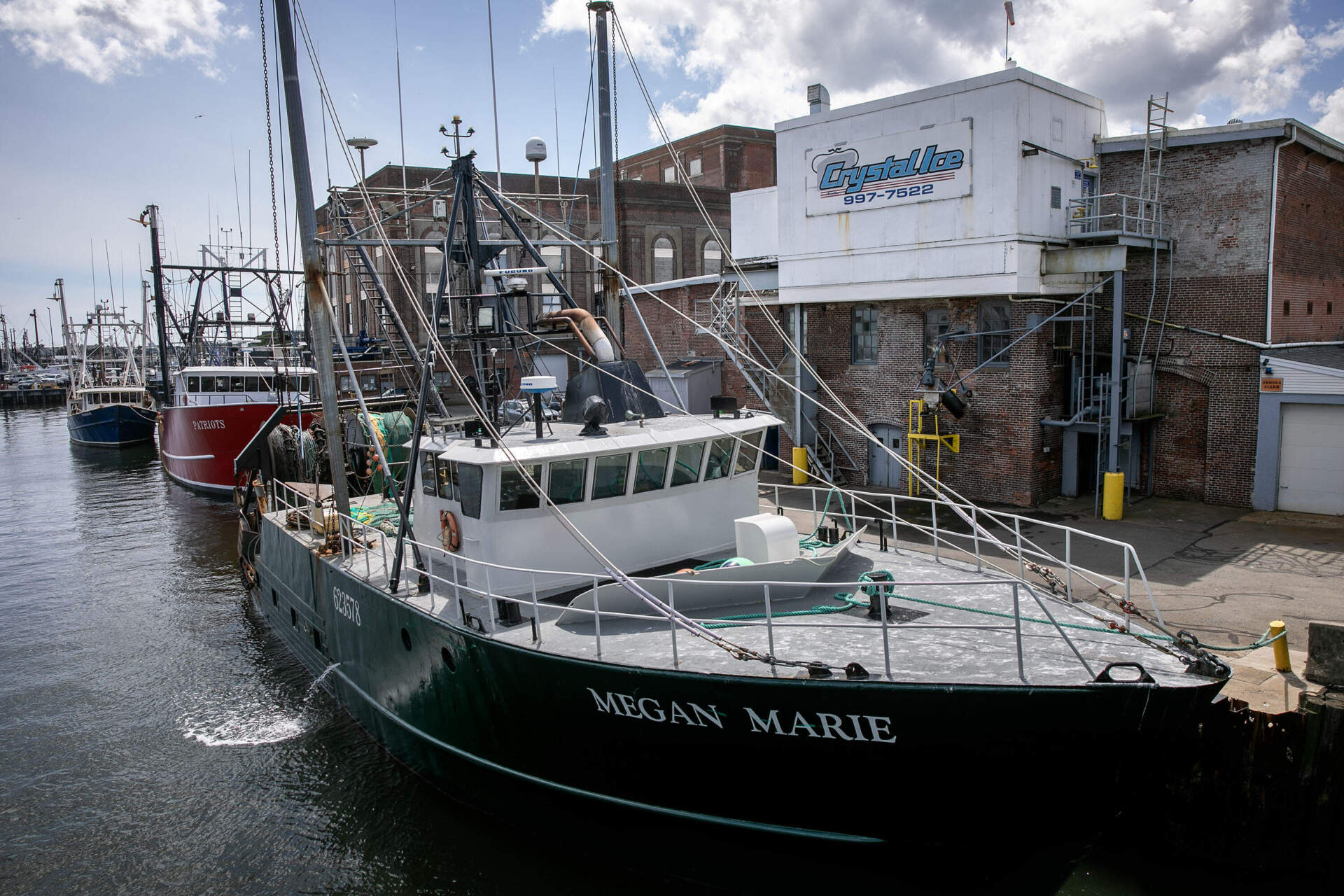
The nearby Crystal Ice and STORE Capital facilities had also reported hypothetical ammonia spills covering more than a mile each. The plans were submitted in 2021 and 2022, respectively.
While EPA records for the three New Bedford plants reported that the loss of “cooling, heating, electricity [or] instrument air” would be a major hazard, none of them listed having “emergency power” in their safety plans.
There is no evidence in EPA records that WBUR reviewed to show backup energy has been recently added. Executives of the plants didn’t return calls or emails for comment.
The EPA only regulates facilities that hold certain amounts of a hazardous substance — in this case, more than 10,000 pounds of anhydrous ammonia.
Dozens of smaller facilities with lower thresholds of hazardous materials are located around New Bedford’s waterfront, according to the city. Many of them are also at risk of flooding, storms and other climate change threats.
“We are one of these places that is prone to storm surge,” said New Bedford Mayor Jon Mitchell. “We have the largest levee on the East Coast. That is a testament to that risk.”
Two of the worst hurricanes ever to hit Massachusetts — The Great New England Hurricane (1938) and Hurricane Carol (1954) — pummeled New Bedford with ferocious winds and storm surges reaching nearly 12 feet high. The most recent hurricane to cause damage in southeastern Massachusetts was Hurricane Bob in 1991.
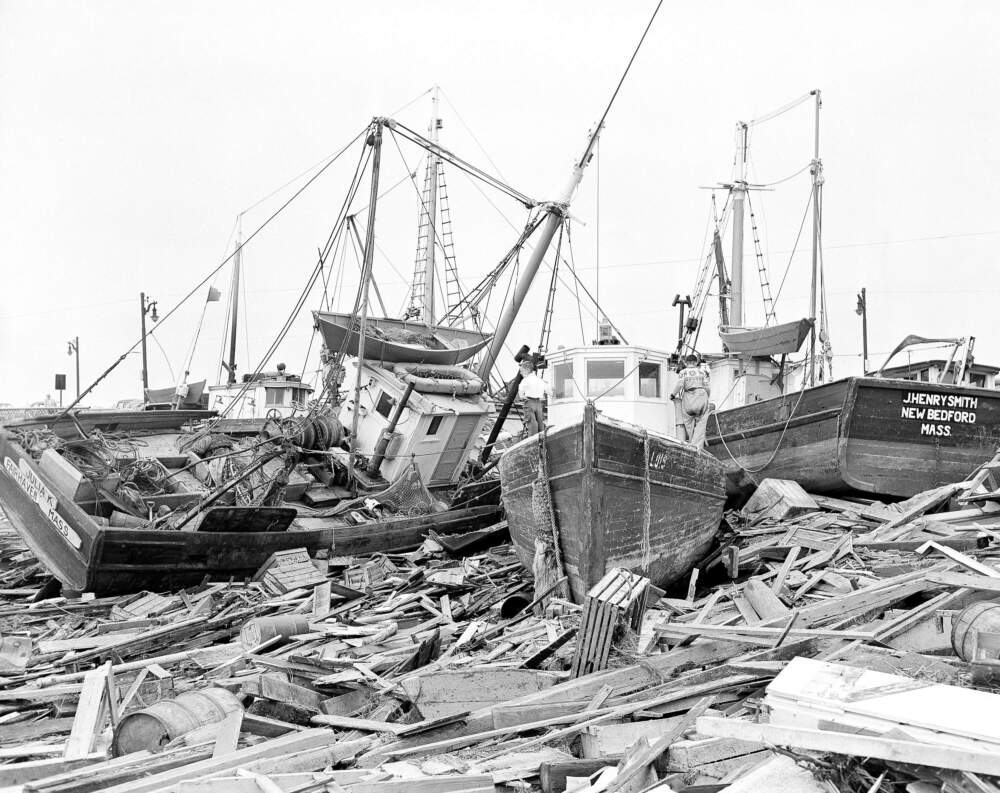
The peak of hurricane season typically stretches into mid-October. While major hurricanes strike Massachusetts less frequently than states like Florida or Louisiana, Mitchell takes the threat seriously — in part because of the dangers posed by the ammonia refrigeration sites.
“We have to [make clear] to a lot of the fish houses that handle hazardous materials, including ammonia, that storm surge is a real risk to them,” said Mitchell, who notes the seafood plants are vital to the city’s multi-billion dollar fishing industry.
Mitchell said he beefed up safety inspections of the ammonia sites with the city’s fire department, which coordinates safety plans with chemical facilities and has undergone training to deal with chemical accidents.
“We could have a scenario where there is flooding of multiple plants and multiple events to respond to,” he said. “Ammonia is a dangerous chemical when released, and that’s not lost on fish plant owners here.”
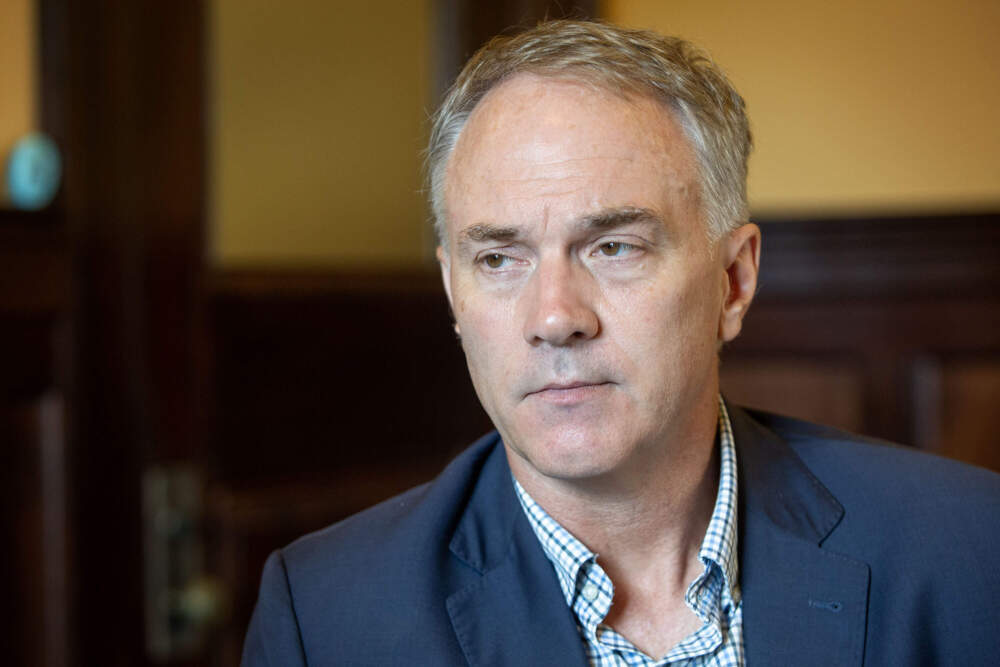
In response to WBUR’s finding about the lack of backup power at the ammonia sites in New Bedford, Mitchell said he’s “not concerned” because of the city’s ongoing emergency training.
Details about backup power at these sites aren’t readily available to the public. Even the organizations that handle major disasters like the Massachusetts Emergency Management Agency said it doesn’t track that information.
To figure out which plants have backup power, WBUR analyzed the most recent safety plans for facilities currently registered with the EPA’s Risk Management Program, filed between 2019 and 2024.
Overall, just 20 of the state’s 60 privately-owned chemical facilities reported having backup power, according to records viewed by WBUR reporters at the EPA’s reading room in Boston. (The EPA limits review of risk management plans to 10 facilities per person per month and only hand-written notes are allowed.)
Mark Bennett, a safety consultant that works with chemical facilities to comply with EPA regulations, told WBUR that while every situation is different, he has recommended backup power for clients with ammonia operations because it helps plants safely shut down and avoid uncontrolled releases.
Scenarios involving storm surge, he added, “would be a nightmare for the fire department and hazmat teams.”
____
Experts say requiring backup power could mitigate the growing threat of chemical accidents caused by extreme weather such as flooding or hurricanes.
Weather-related power outages have dramatically increased in recent years. Hurricanes, winter storms and other severe weather events can cripple aging power grids for days, even weeks.
These types of outages, the U.S. Chemical Safety Board warned, can trigger chemical accidents at facilities because of power loss and “put workers and the surrounding community at serious risk.”
Other facilities at risk of catastrophic power failures — hospitals, airports, nuclear plants — are required by the federal government to have emergency power.
When the EPA announced in 2022 that it planned to strengthen regulations for chemical sites to deal with threats from climate change, environmental groups pressed the federal agency to make backup power a requirement.
“I don’t think we fully appreciate the risk that so many of these facilities face,” said Jennifer Jones of the Union of Concerned Scientists, a Cambridge-based environmental group that has studied the threat of extreme weather to chemical sites.
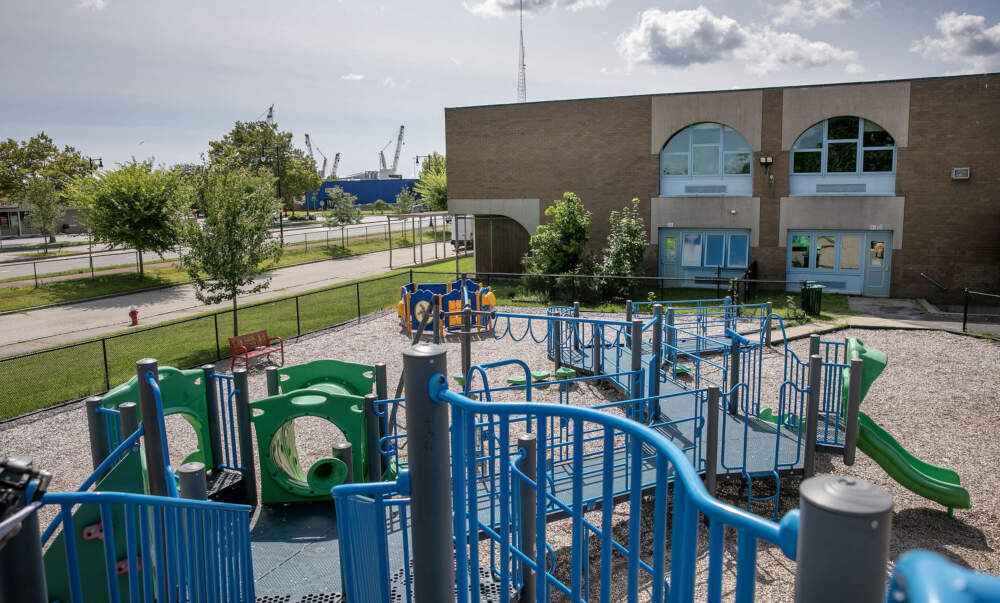
In March, the EPA passed final rules ordering chemical companies to analyze threats from climate change and, specifically, the loss of power in their upcoming safety plans.
The rules also require backup power for monitoring equipment to alert workers and first-responders about spills or accidents in the event the plant loses electricity.
But as Jones with the Union of Concerned Scientists points out, this new requirement would do little to stop a plant from having a potentially catastrophic release because of massive flooding or power outages.
“I can’t stress this enough,” Jones said. “It’s just a matter of when — not if — that next incident is going to happen.”
Andrade, who lives near New Bedford’s chemical plants, agreed.
“If the city was to have a disaster,” he said. “The question for me would be: are we prepared?”

This article was originally published on WBUR.org.
Curbside composting ‘doesn’t work’ for many Brookline residents. A new program aims to help
Brookline's new food waste drop-off pilot program let residents drop off food scraps at four different bin locations — free of charge.
Abnormally warm water helped Helene rapidly intensify and suck up moisture
Helene is dumping rain across the Southeast, after coming ashore as a powerful Category 4 storm. Abnormally warm water in the Gulf of Mexico helped it rapidly intensify and suck up moisture.
The Coast Guard save a man and his dog from a sinking boat off the coast of Florida
Before Helene even made landfall in Florida, authorities conducted a dramatic rescue operation: The U.S. Coast Guard saved a man whose sailboat started taking on water off the coast of Sanibel Island.
Dockworkers are on the verge of a strike. Here’s what you need to know
Some 25,000 dockworkers at East and Gulf Coast ports may strike as early as October 1 if their union doesn't reach a contract deal with shipping companies and port operators.
Sharp tongued, indomitable, and beloved actress Dame Maggie Smith, dies at 89
Oscar, Emmy, and Tony-winning actress Maggie Smith played everything from wistful ingenues in Shakespeare to Harry Potter's Prof. McGonagall and the Dowager Countess in Downton Abbey.
Her state bans gender-affirming care for teenagers. So she travels 450 miles for it
An estimated 110,000 trans teenagers live in states that ban gender-affirming care for minors. Some travel huge distances every few months to keep getting their treatment out-of-state.
